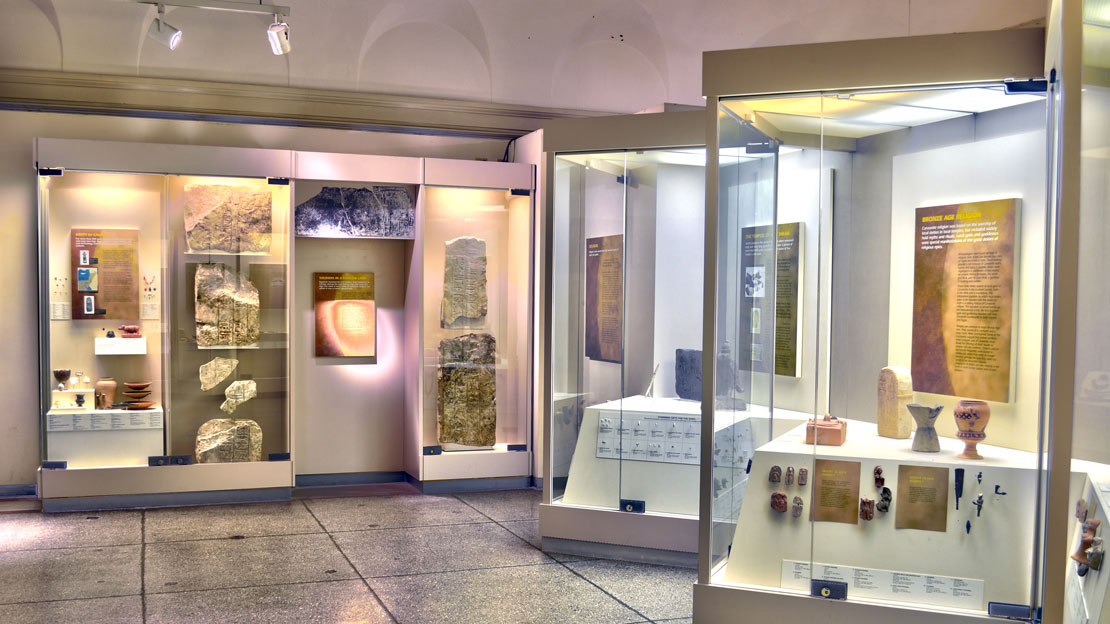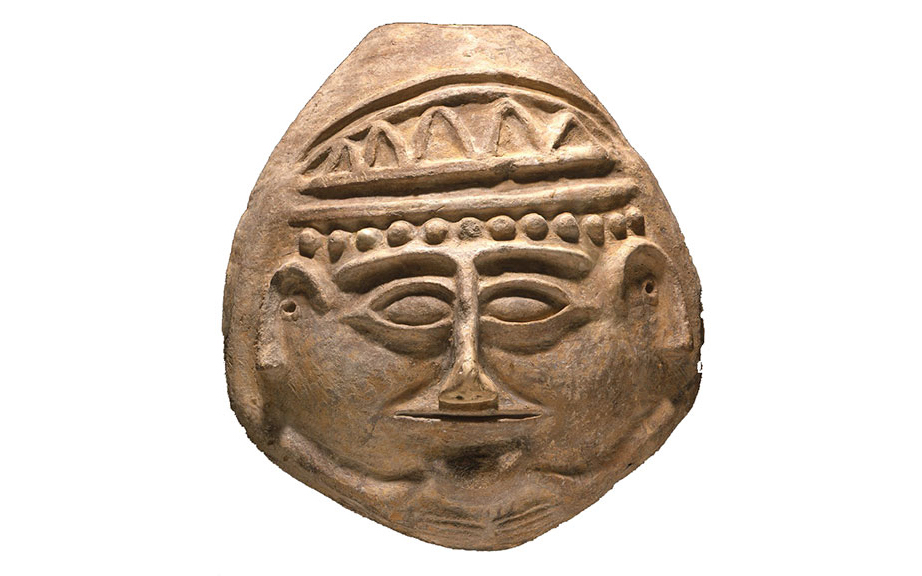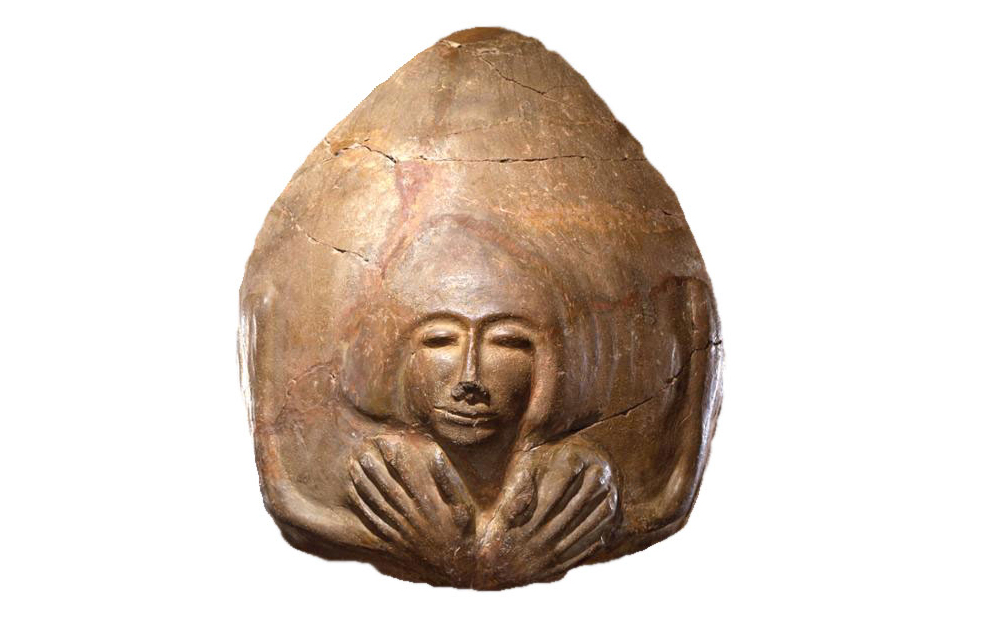Canaan & Ancient Israel Gallery
Closed on August 1, 2021
Included with Museum Admission

Closed on August 1, 2021
Included with Museum Admission

The Canaan and Ancient Israel Gallery is organized by themes including politics and social organization, religion, domestic life, agriculture and crafts, trade and commerce, and death and burial.
The region today encompassing Israel, the Palestinian territories, Jordan, Lebanon, and adjacent parts of Syria for thousands of years experienced occupation by foreign rule. The artifacts in this Gallery explore how people responded and adapted to occupation, and how they lived their daily lives. The Gallery also shows how ancient artifacts—such as weapons, jewelry, cosmetics, and funerary objects—can provide insight into the past.
The gallery title comes from two ancient names of the region and its inhabitants. Canaan is the earliest name found in texts referring to a group of people with a common language in the land which the tribes of Israel later conquered. Israel referred first to a people within Canaan and then to a political entity.
The Penn Museum began excavating in the region in 1921, at Beth Shean, Israel. Excavations expanded to other biblical sites including Beth Shemesh, Gibeon (el-Jib, in the Palestinian Territories), and Zarethan (Tell es-Sa’idiyah, in Jordan). Artifacts from these excavations make up most of the Museum’s collection from the region, which spans four millennia.

#29-103-790
Early Iron Age
The practice of burial inside sarcophagi originated in Egypt, so these sarcophagi demonstrate how practices traveled across empires to become part of other cultures.

#29-103-789
Early Iron Age
This clay sarcophagus (coffin) lid was excavated by Penn archaeologists from a cemetery at Beth Shean, in modern-day Israel. It depicts a face, possibly female, with crossed hands. Around 50 other clay sarcophagi were found in the same cemetery. They all date to around 1200 BCE, which was close to the end of the Egyptian Empire in Canaan.